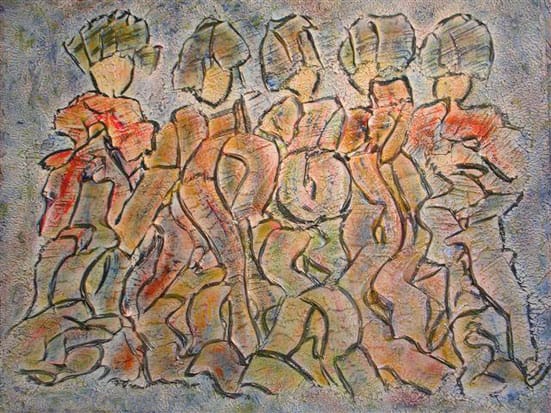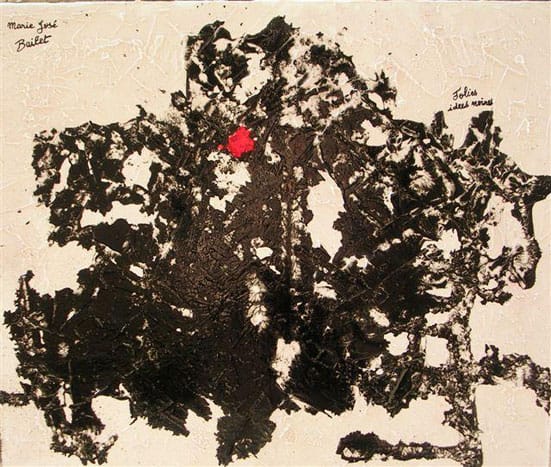Even in a region full of unexpected delights, St Paul de Vence is an unusual treat. Crouching precariously amidst the mountains of the Alpes-Maritimes, this medieval village has evolved from a fortified citadel into an art-lover's paradise. During the 1920s, famous painters from Renoir to Matisse stayed in St Paul, and its artistic heritage has continued to grow since then.
Made up mainly of artists' studios and galleries, most art in St Paul is concentrated in one main pedestrian street, which rolls up and down. Art is the main point of focus, with an incredible variety of work on display, from surrealism to impressionism, and in every art-form imaginable. One feels, walking along, that this is a fitting home for art, and that the work on display draws on true creativity and imagination, free from the strictures of commercial demands. The scene in St Paul is constantly changing as well, as new artists arrive and established residents move on.
There is, however, a core of galleries which remains constant in St Paul's otherwise fluxing artistic environment. One of the chief among these is Galerie M-J-B, where artist Marie-José Bailet displays her paintings, alongside porcelain and glasswork by other French artists. Her work demonstrates huge versatility, from materials and colours to subject matter. Her style of painting is unique, but most reminiscent of Impressionism, with images slowly taking shape as you are drawn into a picture. Inspired by both her travels and events in her personal life, the diversity and prolific-ness of Marie-José's output is evident when looking around her gallery. African masks jostle with geishas, while other, more mysterious shapes and images nestle alongside them. While many paintings are very clearly representative of her travels, others are more intended to capture a mood. When asked about how she creates her pieces, Marie-José responded: ‘I look at what surrounds me in a particular way and this forms the starting point of new creative adventures. I view art as an exchange where space, form, colour and light get organised to enhance my ideas.' By standing up while she works, she says, she is given ‘great freedom, which enables exaggerated movements.'
The materials used by Marie-José add to much of her work an almost three-dimensional quality; lines and edges venture out from the canvas, drawing your eye to particular details – an eye here, an arm there. Her paintings describing her travels in Southeast Asia particularly struck a chord with me; having been there myself recently, I was entranced by suggestions of paddy fields and lakes in her landscape paintings. The impressionistic rendering of the verdant scenery that is so reminiscent of that corner of the world makes for a more captivating experience than simply looking at a photograph; by making you ponder what you are gazing upon, you are drawn even more into the scenery and what it expresses. By painting in such a way, Marie-José is not only interpreting something she has seen, but also investing some of the emotion she felt at the time. As she says: ‘Each painting is a unique piece born from a unique moment.'
And unique moments are what make up much of a visit to St Paul. Whether it's spotting pictures and patterns in the cobblestones, eating in restaurant-cum-art gallery La Colombe d'Or or unearthing a new artist in a corner of the village, every aspect of the place is infused with creativity. Imagine a large outdoor museum, without the security guards, and steeped in warmth, light and conviviality. Welcome to St Paul!
Natasha Rowland

Works by Marie-José Bailet

Works by Marie-José Bailet